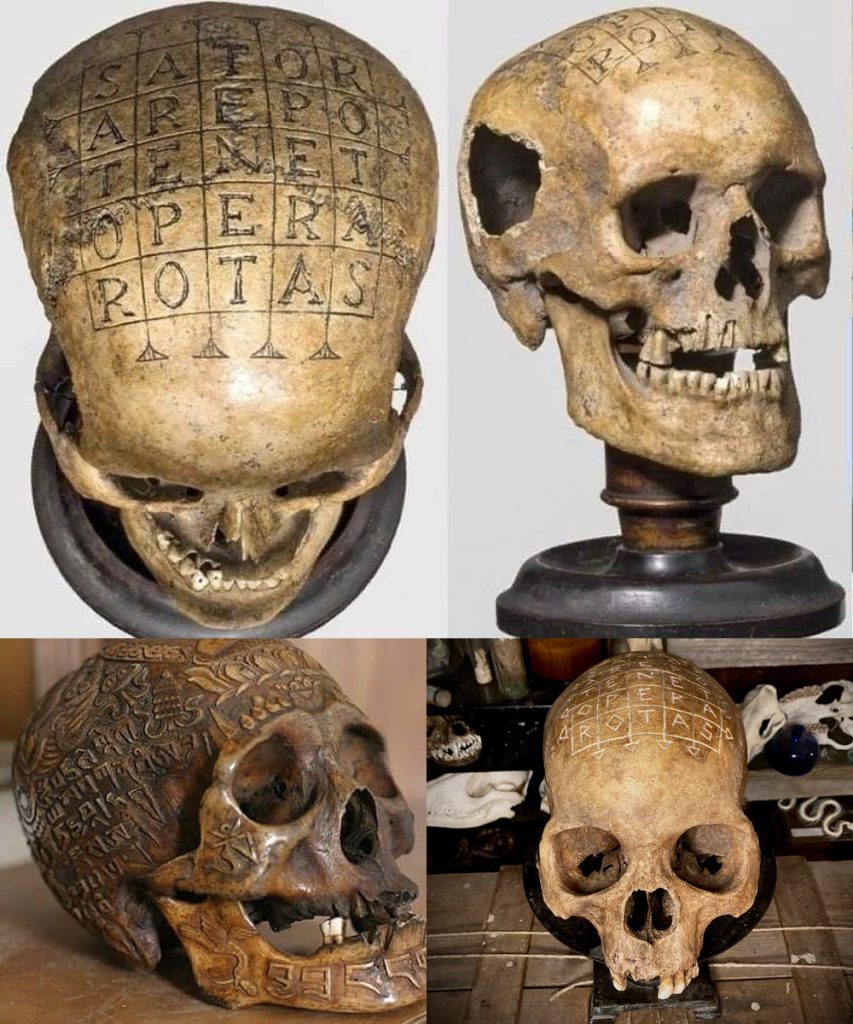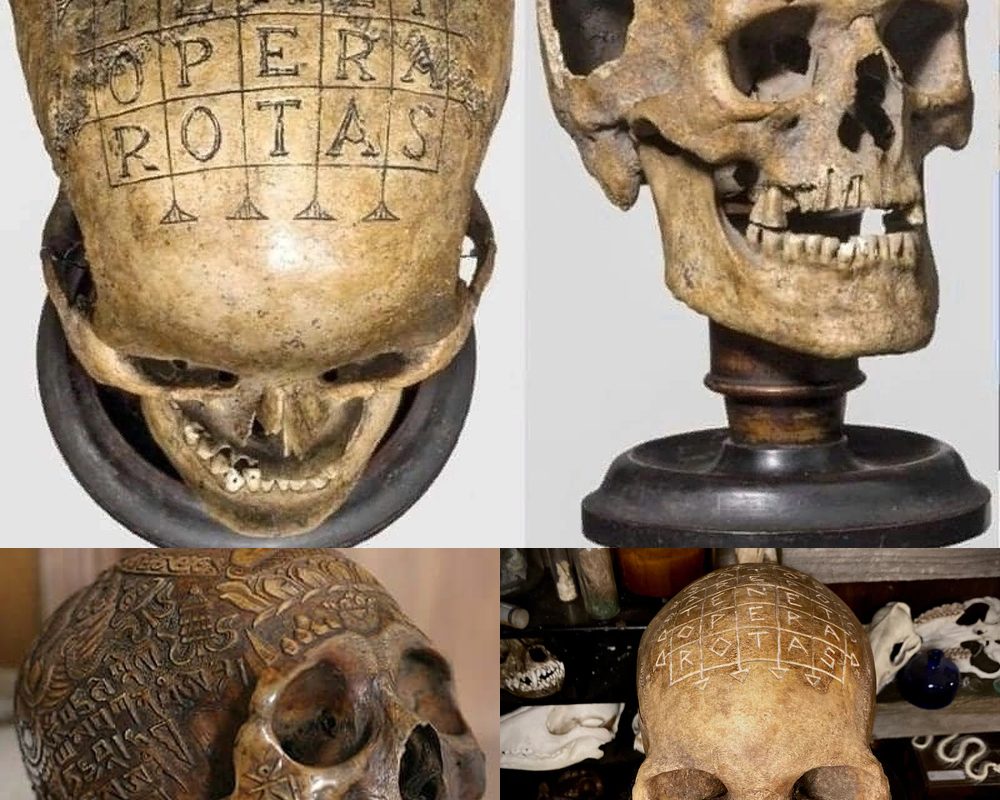The discovery of the 16th-century ‘Oath Skull’ engraved with a Roman Sator Square has sparked intrigue and scholarly debate. Found in a European archaeological context, the skull bears the distinctive Sator Square inscription—a palindrome believed to possess mystical or protective properties in ancient Roman culture.
This enigmatic artifact suggests a convergence of beliefs and practices spanning centuries and cultures. The presence of the Sator Square on the skull hints at complex religious or superstitious beliefs held by its owners or creators, reflecting a fusion of Roman traditions with later European customs during the Renaissance.

Scholars are conducting meticulous analysis and interpretation to unravel the significance of the ‘Oath Skull’ and its inscription, offering insights into the spiritual, cultural, and artistic exchanges of the time. This discovery underscores the enduring allure of ancient symbols and their role in shaping beliefs and identities across different historical epochs.



